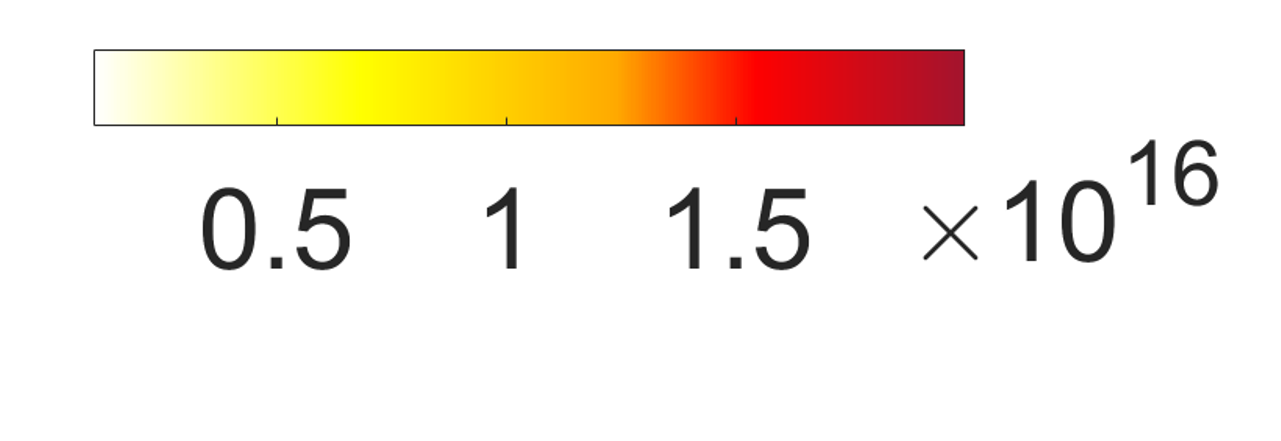IASI overlay

Ammonia (NH3) is the atmosphere’s most important base and one of the most important forms of reactive nitrogen. It is primarily emitted by anthropogenic activities related with agriculture. An averaged atmospheric NH3 distribution as measured by the IASI instrument is shown on the worldmap above (in molecules per square centimetre). The average was obtained from ten years of IASI observations. Isolated, localised emitters, known as point sources, have been identified, and are displayed with different markers as shown in the legend. As the location of each point source was found automatically using wind-rotation methods and supersampling techniques, it can differ from what can be seen in the background NH3 distribution. An infograhic that also shows the temporal variability in the NH3 column above the point source, is accessible by clicking on the point sources. More information on the specific methods that were used for identifying the point sources can be found in the references below. Matlab code for oversampling, wind-rotation and supersampling is available here.
Contributions and comments on specific locations are welcome (Lieven Clarisse: lclariss@ulb.ac.be; Martin Van Damme: martin.van.damme@ulb.ac.be).
Disclaimer:
While the point sources shown on this map were identified and attributed with a great deal of care, mistakes can inadvertently be present. In particular, spurious point sources can be present, arising e.g. from long-range transport of NH3, episodic fires, uncertainties in the retrieval, etc.. Point source attribution, which relied on a manual analysis of third party data, is also susceptible to errors. The authors nor their host institute ULB can be held liable for the accuracy of the information nor for the use or misuse of the data.
References:
Clarisse, L., Van Damme, M., Clerbaux, C., Coheur, P.-F. Tracking down global NH3 point sources with wind-adjusted superresolution. Atmospheric Measurement Techniques 12, 5457-5473,, doi: 10.5194/amt-12-5457-2019, 2019.
 Van Damme, M., Clarisse, L., Whitburn, S., Hadji-Lazaro, J., Hurtmans, D., Clerbaux, C., Coheur, P.-F. Industrial and agricultural ammonia point sources exposed. Nature 564, 99-103, doi: 10.1038/s41586-018-0747-1, 2018. Open access: SharedIt.
Van Damme, M., Clarisse, L., Whitburn, S., Hadji-Lazaro, J., Hurtmans, D., Clerbaux, C., Coheur, P.-F. Industrial and agricultural ammonia point sources exposed. Nature 564, 99-103, doi: 10.1038/s41586-018-0747-1, 2018. Open access: SharedIt.